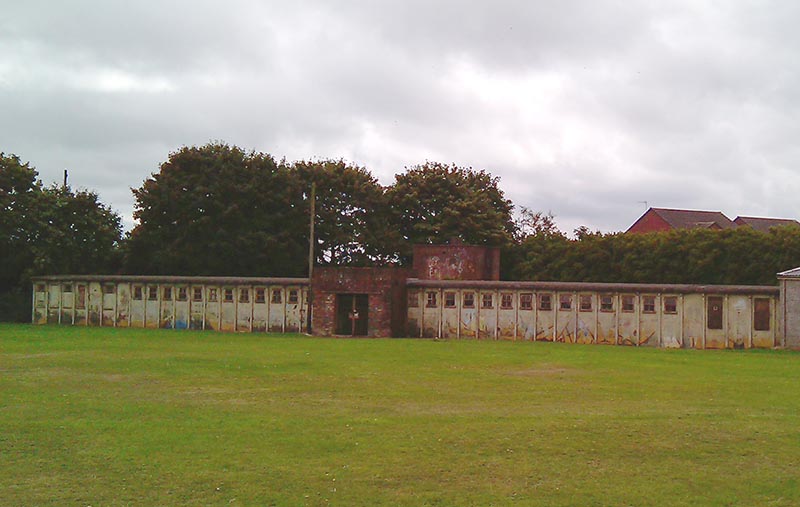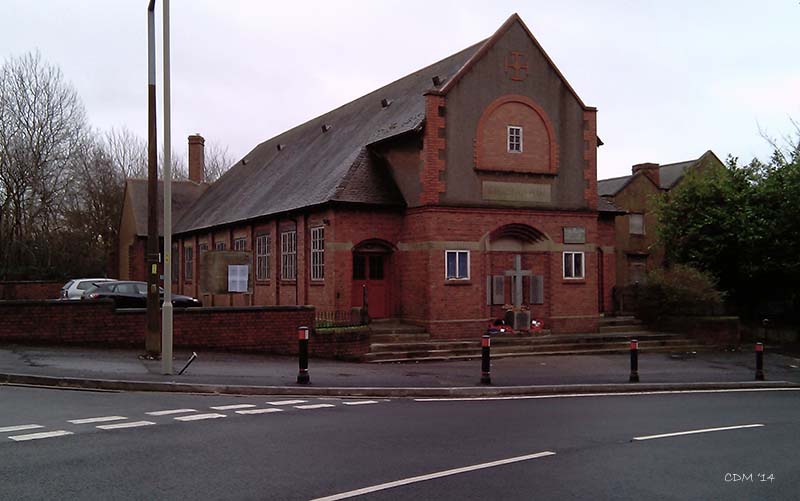
|

|
|
|
Landmarks ~
Churches ~
Pubs ~
Shops ~
Amenities ~
Dwellings ~
Events ~
Schools ~
Sports
Industrial ~ Transport ~ Folklore ~ Families
Where is Lower Gornal?
"ifan ya dow no already"
Two miles west of Dudley in the West Midlands, what once was a small village of Lower Gornal,
is still expanding to a large residential area with mixed social and private housing.
Ambling on the western fringes of the Black Country, with Himley and the green belt to the west, Pensnett to the south, Dudley to the east and Sedgley to the north, the Gornals are steeped in history, and comprise the three larger areas of Upper Gornal, Lower Gornal and Gornal Wood which also envelop the smaller areas of Redhall, Ruiton and The Straits.
The boundaries of the three Gornals are rather indistinct.
Gornal Wood flanks the Himley Road and extends into the Village, whilst Lower Gornal stretches upwards from the Village to the elevated Ruiton and Upper Gornal area, nowadays Gornal Wood and Lower Gornal have fused to becoming 'Gornal' proper.
Upper Gornal is regarded as a separate area skirting the main Wolverhampton/Dudley road around Kent Street and Clarence Street.
Although not strictly portrayed by this site, we make no excuses from including Upper Gornal and other nearby locations as part of the greater Gornal area as and when we feel like it.
The relatively new residential areas of The Straits and Milking Bank could be considered part of the greater Gornal area.
The area was known for open-cast, walk-in and pit mining, along with quarrying of local stone, mining has long gone and very little industry remains in the area today.
A large number of local buildings were made from 'Gornal Stone', a yellow sandstone quarried at Ruiton, and stone walls still border many streets and gardens.
The 'village' has a good selection of shops and small businesses and a thriving shopping area serves the local community.
 Looking along Abbey Road towards the 'village' from Zoar Street. Looking along Abbey Road towards the 'village' from Zoar Street.
Photo CDM 2014
Despite the development and expansion in recent times, the 'locals' still proudly retain their identity and pronounced dialect.
1851, Whites Trade Directory said of Lower Gornal:
"Gornal, Lower is a village and ecclesiastical district of 6000 souls, The church (St. James) is a neat structure in the Early English style,
is built of excellent stone from neighbouring quarries.
it was commissioned in 1815 and not finished until 1833, it was enlarged in 1837 and refitted in 1849 when a chancel was added.
...The inhabitants are chiefly nailers and miners... ...In the district is a large colliery belonging to Lord Ward; and Ellowes Hall now unoccupied".
1851, Whites Trade Directory said of Ruiton:
"Ruiton is a district adjoining Upper Gornal occupying a
lofty eminence and had formerly a beacon, and commands a most extensive prospect in which the Malvern Hills (at a distance of 38 miles),
The Wrekin and many of the mountains of North and South Wales may be seen, in a clear day, without the aid of a glass....
The independent chapel here was built in 1830 and attached to it are large schools, attended by 60 boys, 40 girls and 80 infants".
1841, Extract from a Commissioners report.
Lower Gornal is approached by a lane leading out of Upper Gornal; narrow,
sludgy, very steep, and a mile in length, till you arrive at the village,
through the centre of which the same steep lane descends winding, to the
extent of nearly another mile. The invariable sludge occasioned by the
rains and water from several springs above, is rendered bestial by the
casting forth, both from doors and windows, of everything which would
in ordinary cases be deposited on a dungheap or dust-hole, or carried
away by drainage. Low hovels, hutches, and workshops, resembling little
black dens, thickly line the lane or main-way, to the extent of perhaps
three-quarters of a mile, and in some places are so crowded as to have
two or three houses packed close together, with scarcely room to pass
between, and sometimes rendering it difficult to open a door except the
door open inwards. Compared with this, some of the worst streets
of Wolverhampton would really appear civilized, if not respectable.
No need for concern, it's very much changed since those days!
Feel free to pan around this interactive map of Gornal today.
The Louise Street/Abbey Road busy junction with Abbey Street and Bull Street in the central shopping area of Gornal Wood.
~
An interesting aerial view of Gornal Wood taken in 1962 can be seen here.
~
|
|







